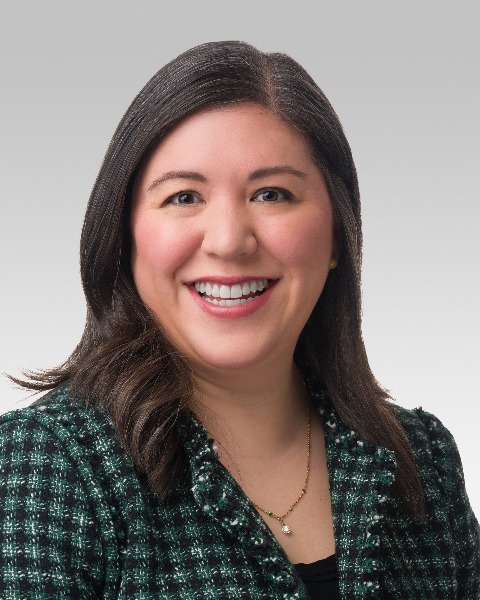Late-Breaking Abstract Presentations
(LB05) Patient navigation to improve postpartum health care among low-income birthing people: a randomized controlled trial

Lynn M. Yee, MD, MPH (she/her/hers)
Associate Professor
Northwestern University Feinberg School of Medicine
Chicago, Illinois, United States- JF
Joe M. Feinglass, PhD
Northwestern University Feinberg School of Medicine
Chicago, Illinois, United States - BW
Brittney R. Williams, MPH
Northwestern University Feinberg School of Medicine
Chicago, Illinois, United States - LD
Laura Diaz, MPH
Northwestern University Feinberg School of Medicine
Chicago, Illinois, United States - VC
Viridiana Carmona-Barrera, N/A
Northwestern University Feinberg School of Medicine
Chicago, Illinois, United States - YC
Ying Cheung, MS
Northwestern University Feinberg School of Medicine
Chicago, Illinois, United States 
Ka'Derricka Davis, BS, MPH
Northwestern University Feinberg School of Medicine
Chicago, Illinois, United States- CY
Chen Yeh, MS
Northwestern University Feinberg School of Medicine
Chicago, Illinois, United States - CN
Charlotte M. Niznik, RN
Northwestern University Feinberg School of Medicine
Chicago, Illinois, United States 
Michelle A. Kominiarek, MD
Associate Professor
Northwestern Feinberg School of Medicine
Northwestern Feinberg School of Medicine/ Chicago, Illinois, United States- WG
William A. Grobman, MBA, MD
Professor
Women & Infants Hospital of Rhode Island / Alpert Medical School of Brown University
Brown University/Providence, Rhode Island, United States
Submitting Author and Presenting Author(s)
Coauthor(s)
To evaluate whether postpartum (PP) patient navigation (PN) improves PP health care quality among birthing people with low income.
Study Design:
In this single-center RCT, English- or Spanish-speaking pregnant people aged 16 or older with Medicaid were randomly assigned between 30 weeks of gestation and PP discharge to one year of PN versus usual care. Participants assigned to PN were partnered with a trained lay navigator who provided individualized, intensive PN services designed around PP-specific barrier ascertainment and reduction. PN services included social needs assessments and support, healthcare appointment and insurance assistance, health education, and support for engagement in shared decision making. Data were collected via patient report and medical record abstraction at enrollment, 4-12 weeks PP, and 11-13 months PP. The primary outcome was achievement of a six-component composite measure representing receipt of optimal PP care by 12 weeks PP (Table 1). Secondary outcomes included a PP care score (% of components achieved), each component of optimal PP care, and 11-13 month health services outcomes.
Results:
From January 2020 to June 2023, 405 people were randomized (203 PN, 202 usual care) of whom 50% identified as non-Hispanic Black and 41% as Hispanic. The primary outcome of optimal PP care was similar between groups (9.4% PN vs. 7.9% usual care, p=0.6); however, the mean PP care score was significantly higher among PN recipients (72% ±17% vs. 64% ±23%, p=0.001). Three components drove this difference: PP visit completion (96% vs. 80%, p< 0.001), receipt of all indicated anticipatory guidance (65% vs. 51%, p=0.008), and PP depression screening/care (86% vs. 72%, p< 0.001). At 11-13 months, PN recipients were significantly more likely to be using their desired family planning method and have attended a primary care appointment (Table 2).
Conclusion:
The primary outcome, a composite measure of optimal PP care, was not different between groups but was achieved infrequently. However, PN improved several aspects of PP care quality and increases frequency of transition to primary care.

